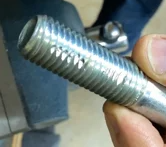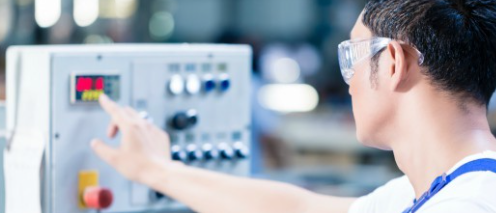Tapping is the term that is used for the specific process of making threaded holes in items in order to make it simpler to use screws, bolts, or other similar fasteners.
What are the advantages of tapping?
Tapping offers a number of advantages. It is cost-efficient, accurate, quick (especially for small-scale production) and generates minimal waste. It can be used to repair damaged threads, which subsequently increases the service life of components.

It can be applied to a vast range of materials including composites, metals, ceramics, plastics, and wood. It allows for the creation of various different thread types and can be used for either blind or through holes.
The three most common types of taps are taper or starter taps, plug taps, and bottoming taps.
How is tapping done?
Traditionally, tapping has been done manually. However, tapping machines are now available and are increasingly popular.
What are tapping machines?
Tapping machines are specialist devices that are able to facilitate the efficient and accurate tapping of multiple holes. They are precise, consistent and accurate, and they are able to replicate at speed. This gives them an advantage over manual tapping.
Because they are automated, the operator does not require the same level of skill as is needed for hand tapping. They simply have to load and unload the machine. There are also fewer breakages and less wear and tear than with manual tapping.

Tapping machines can be operated with a variety of taps to produce a range of thread profiles including standard metric, UNF, UNC, etc. They can also be used on an extensive range of workpieces.
Any drawbacks?
The main potential drawbacks to tapping machines are expense and maintenance. Additionally, if a lot of different sizes of taps are needed, switching tools and fittings can be fiddly.